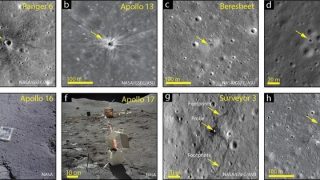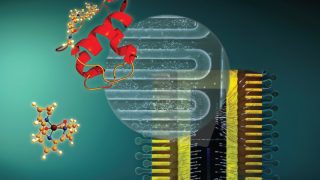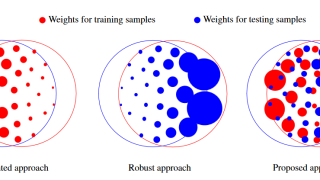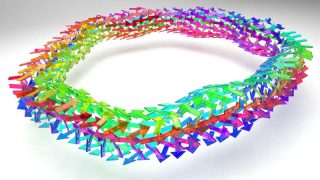
Acid sensor and calcium store discovered in plants
When plants are infected by pathogens, suffer from a lack of water or have to react to other external stimuli, the first thing they do is increase the proton and calcium concentration in the affected cells. The protons and calcium ions then act like messenger substances that trigger further reactions in the cell. The interactions […]








